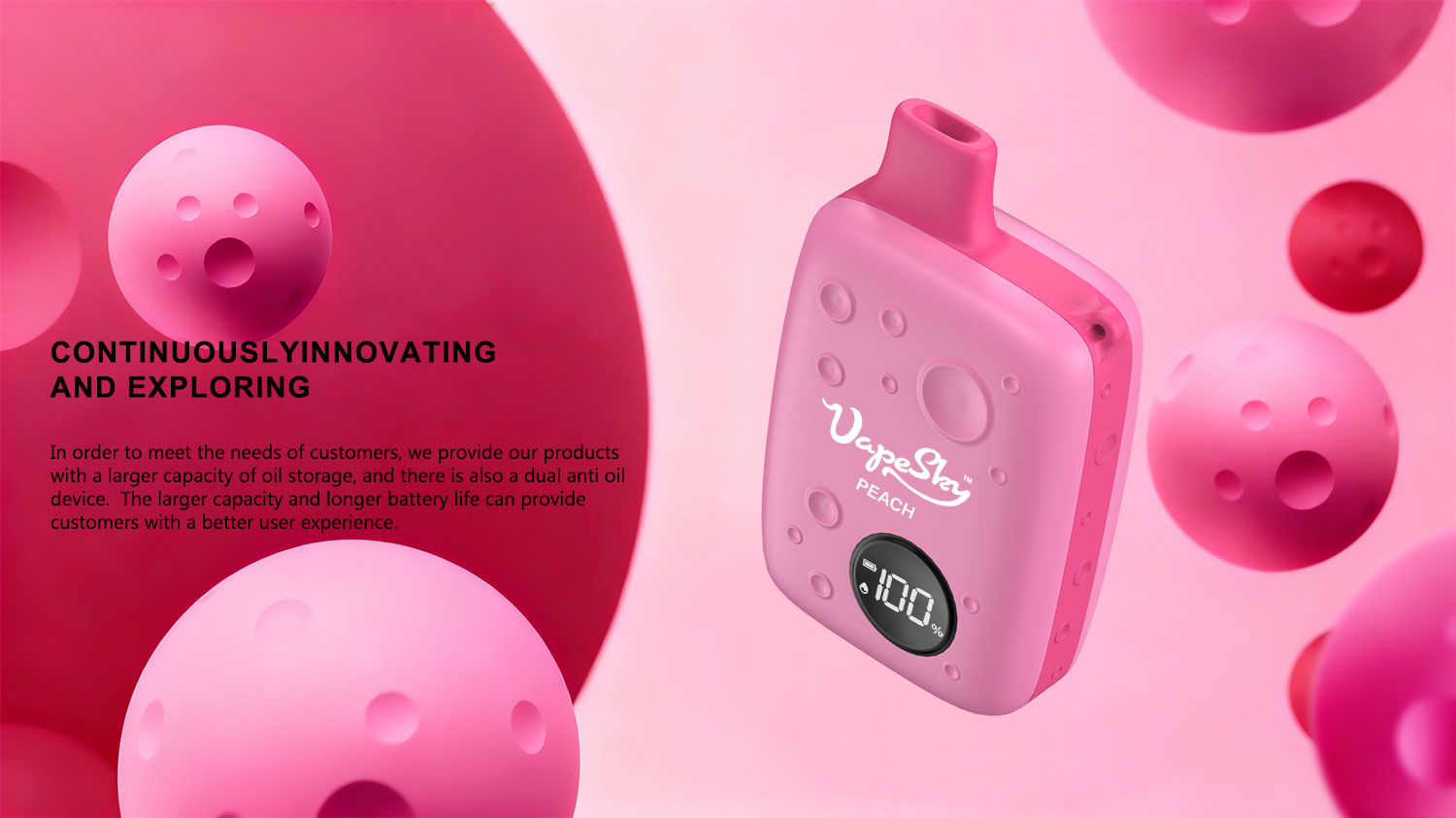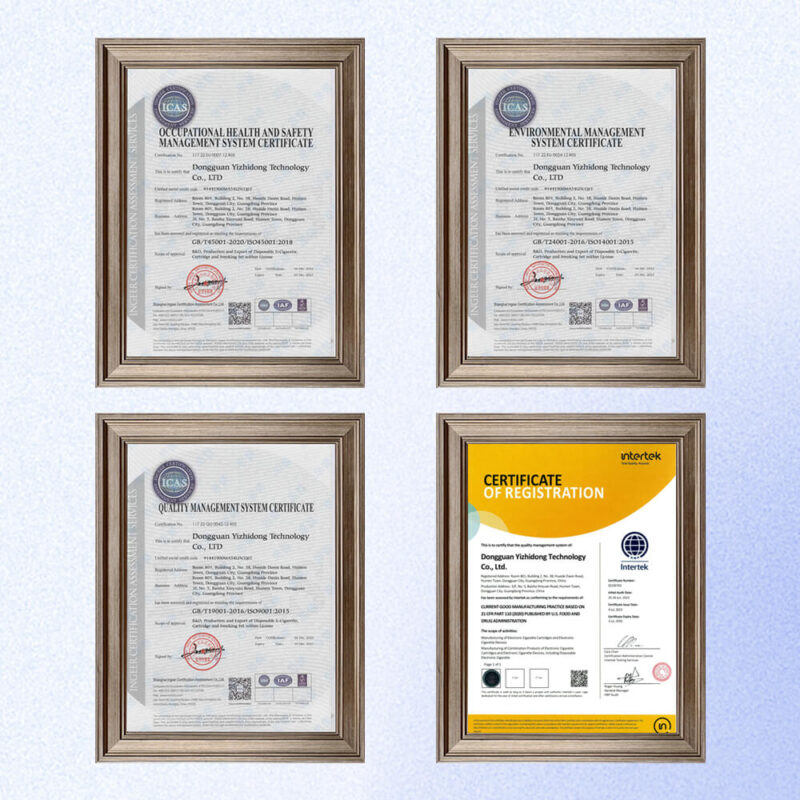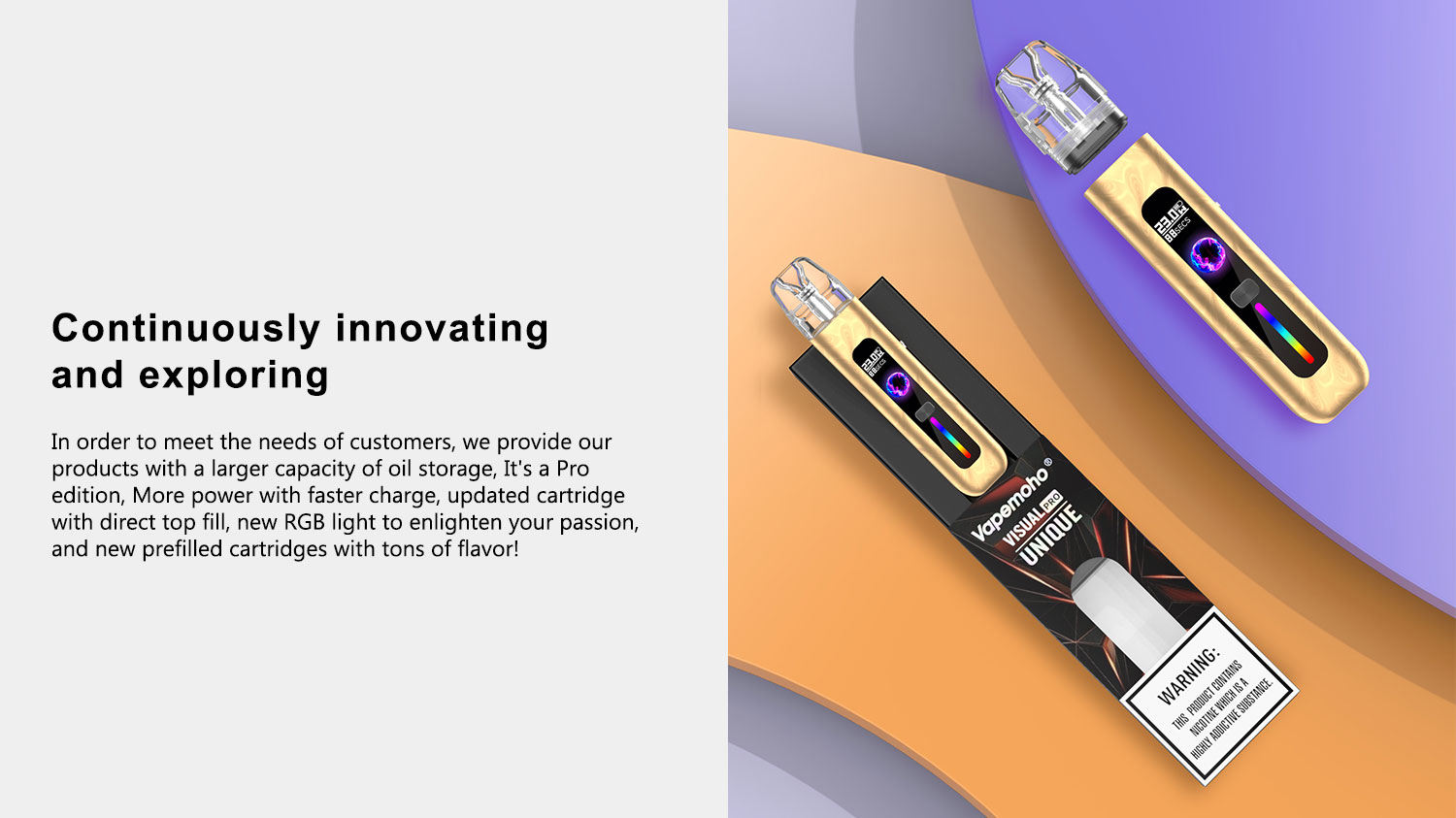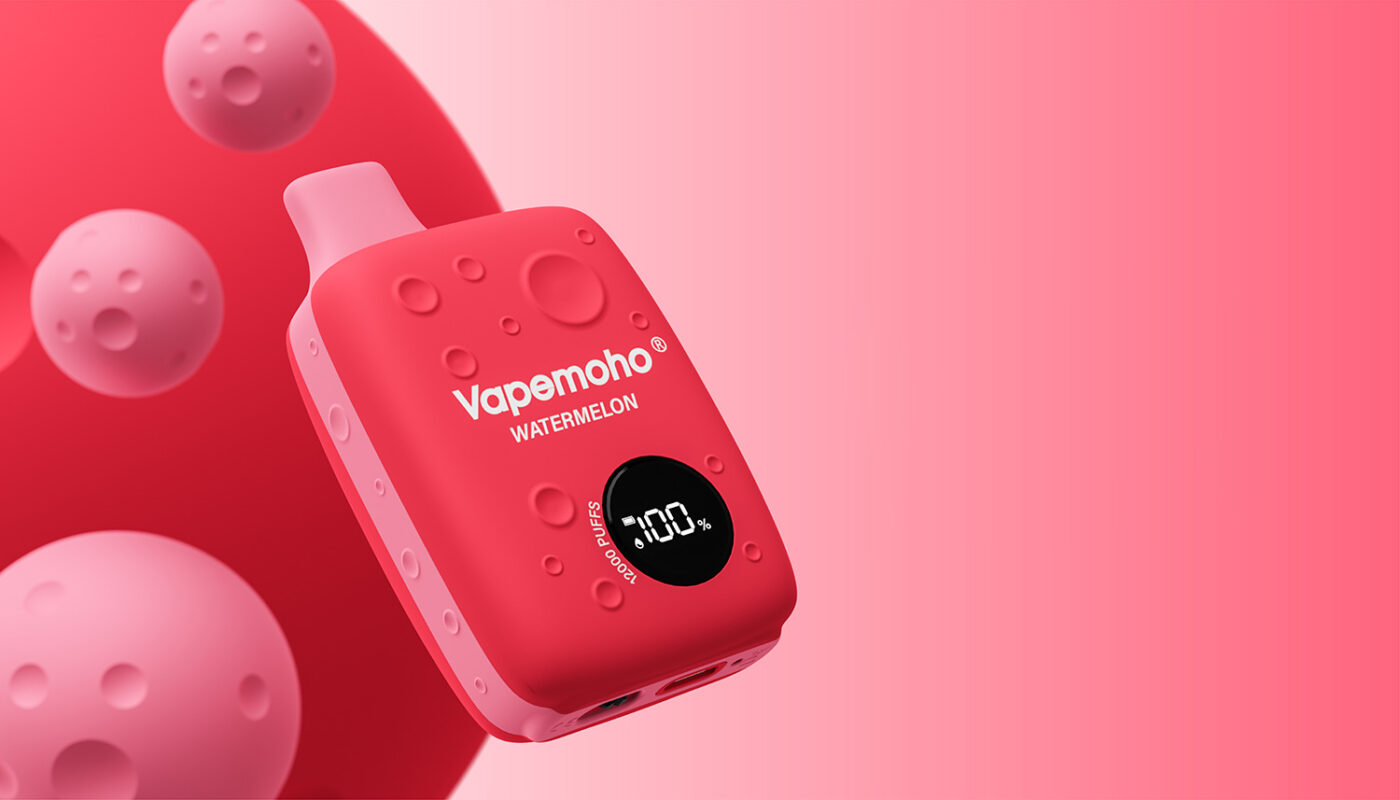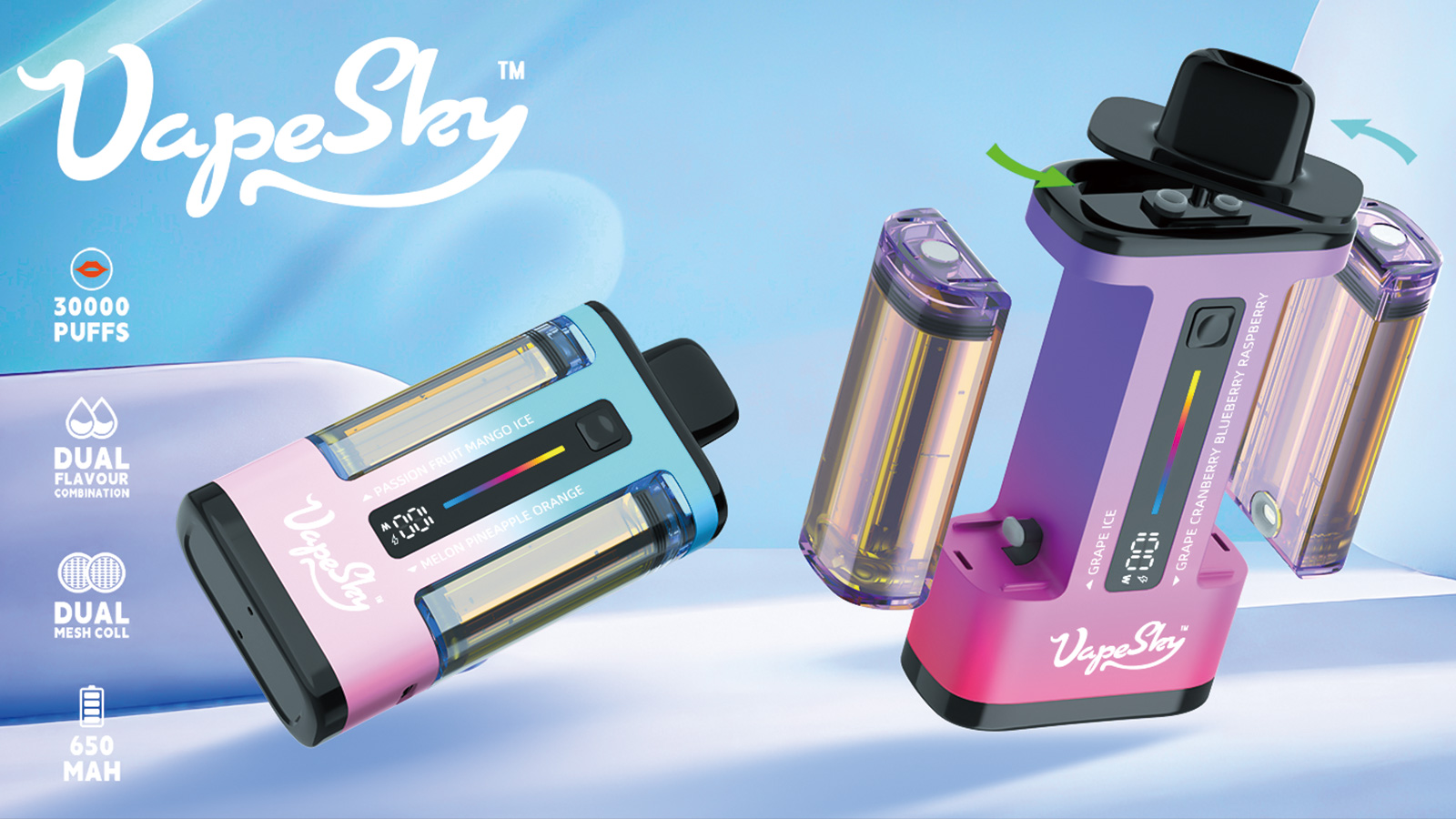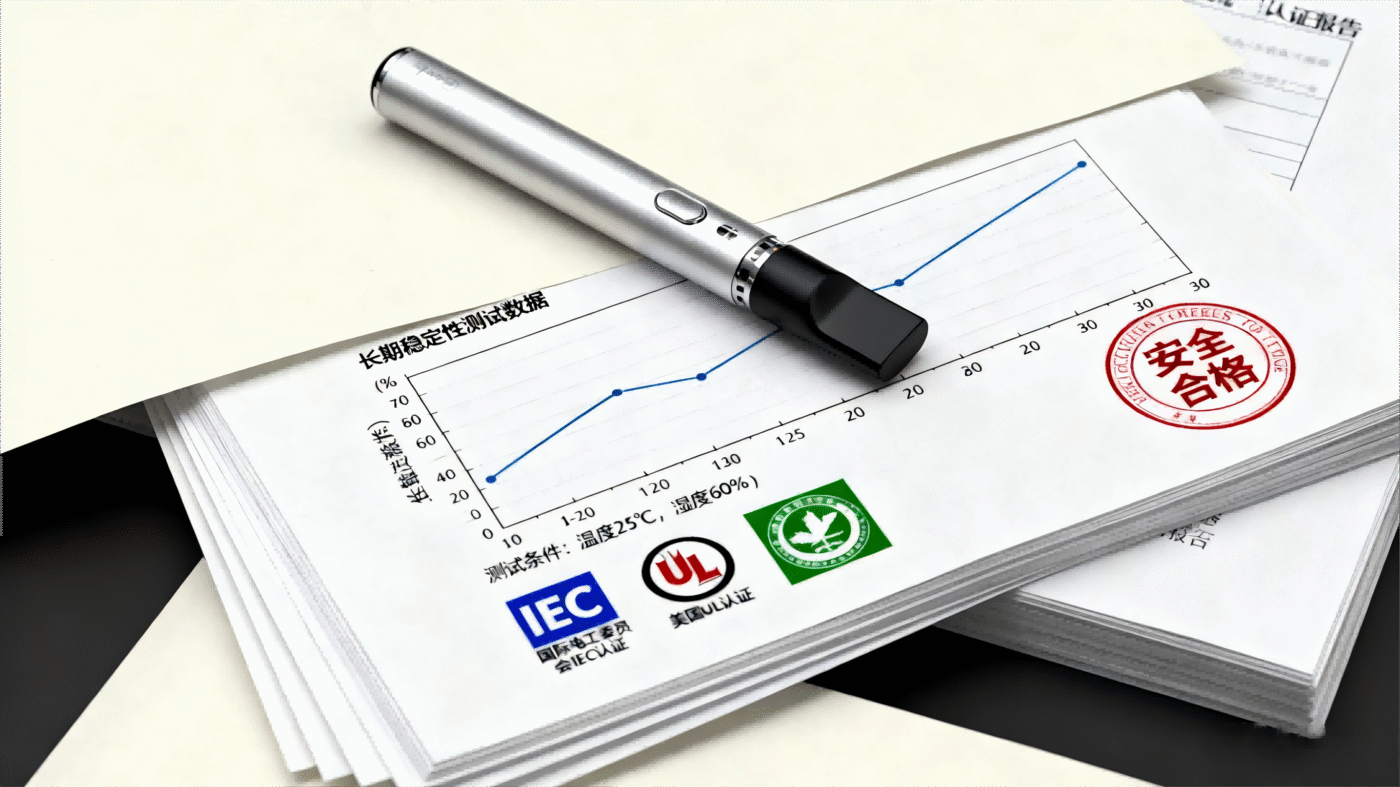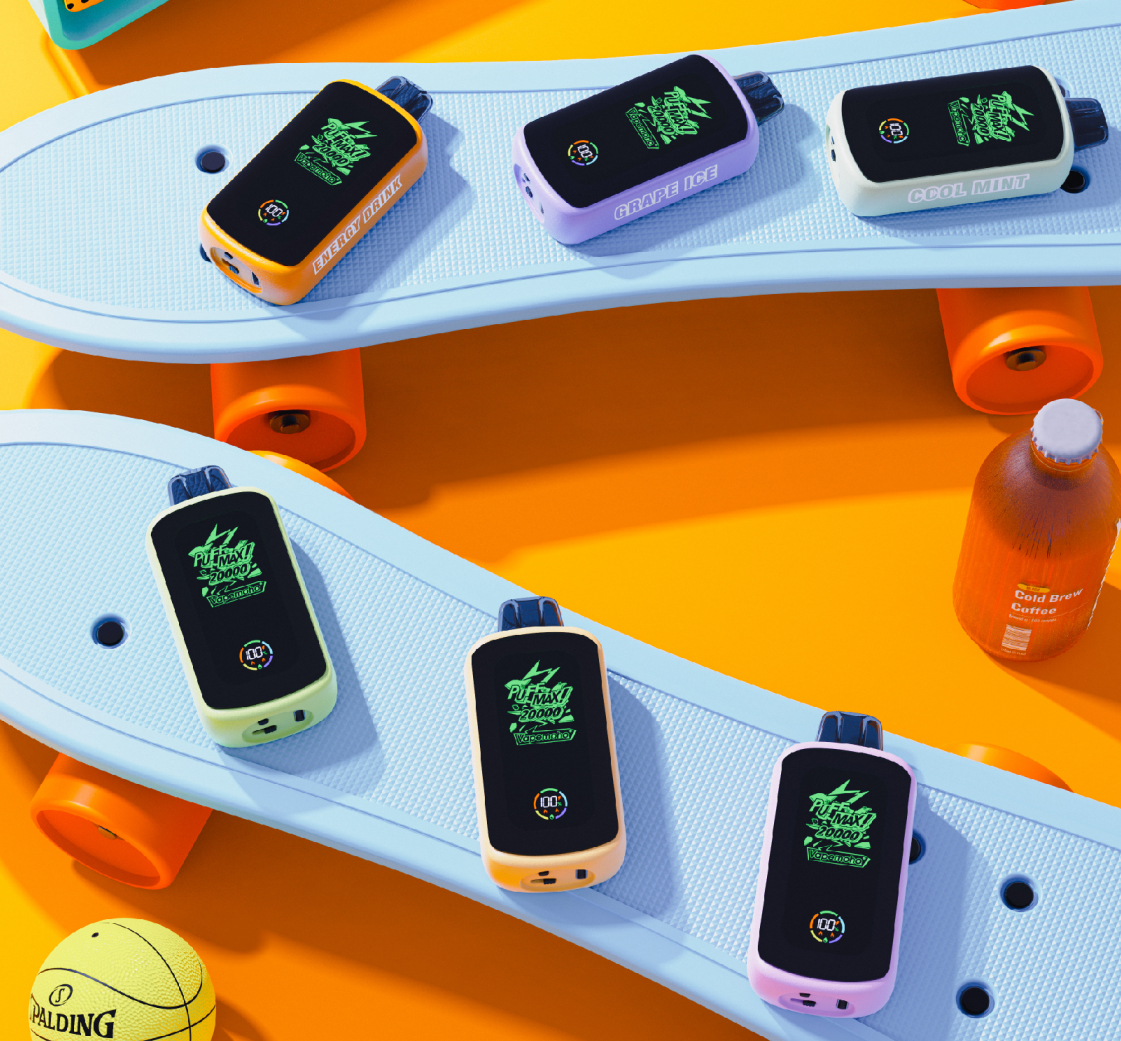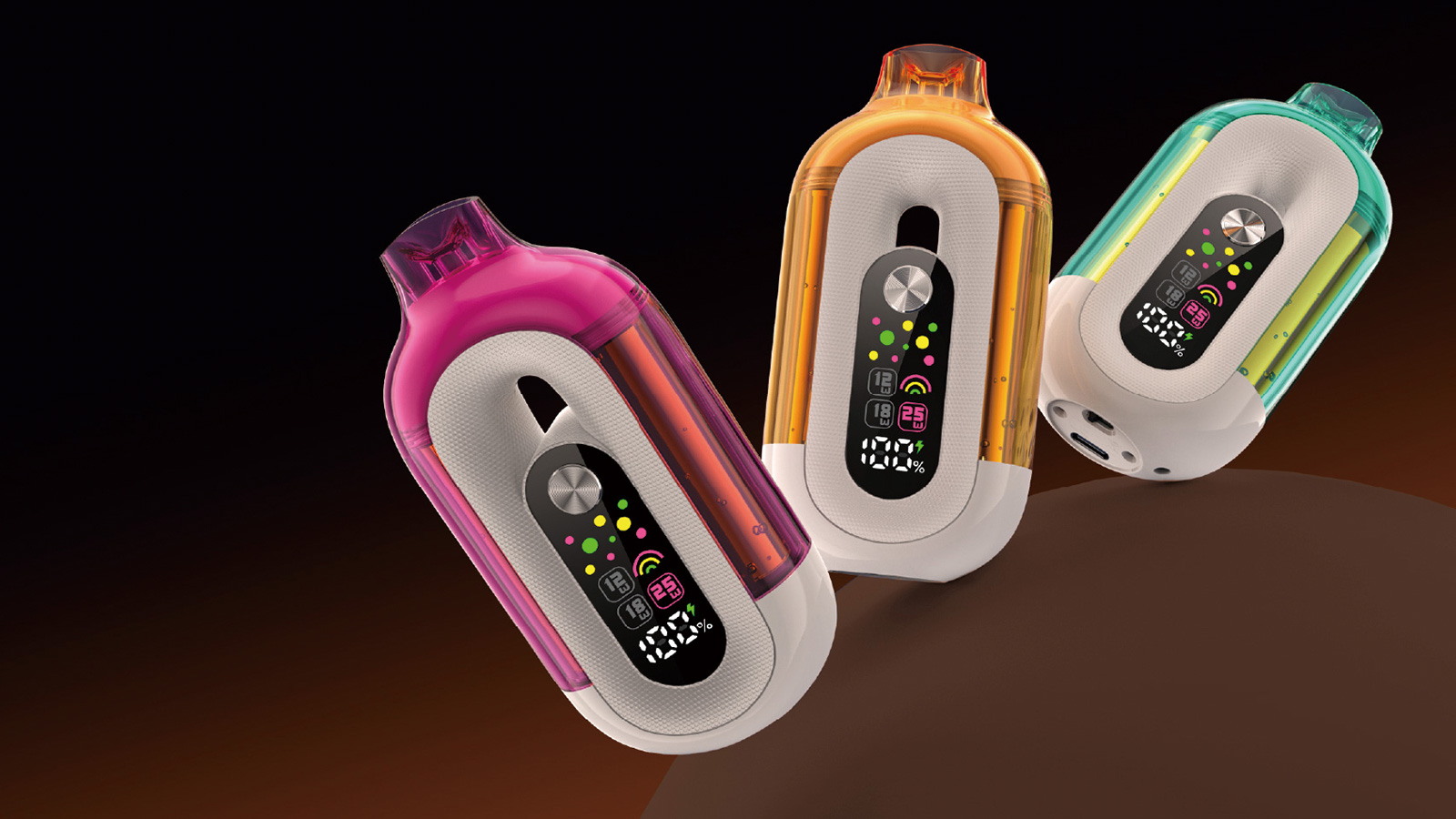🔧 1. Dedicated Teams: The Backbone of After-sales and Technical Support
For vape partners, post-launch issues—such as sudden battery drain in Disposable VAPE units—can disrupt daily operations.
Critically, After-sales and Technical Support is not an afterthought; it is the foundation of long-term trust between you and your partners.
A dedicated support team combines deep e-cig expertise (e.g., atomizer mechanics, battery safety) and partner-focused communication to tailor solutions to each partner’s needs.
Whether the partner is a small boutique retailer or a large national distributor, this team understands their business model—preventing minor issues from escalating into lost sales.
⚠️ WARNING: This product contains nicotine. Nicotine is an addictive chemical. Sales to minors are prohibited.
📞 2. Real-Time Response: Non-Negotiable for After-sales and Technical Support
Partners cannot afford to wait 24 hours when Refillable Pod Kit devices fail to connect to their sales apps.
Every hour of downtime directly translates to lost revenue and frustrated end-users.
To address this urgency, effective After-sales and Technical Support requires a multi-channel framework: an emergency hotline for safety risks, a dedicated ticketing system for standard queries (e.g., technical manual requests), and in-app chat for quick troubleshooting.
Clear service level agreements (SLAs) ensure consistency: 1-hour responses for critical issues and 4-hour resolutions for software problems.
For example, a European partner recently faced a surge in “no vapor” complaints from retailers. Our support team responded within 45 minutes with a step-by-step fix for airflow blockages, turning a potential crisis into a trust-building moment.
📚 3. Resource Empowerment: Strengthening After-sales and Technical Support
While real-time support solves immediate problems, empowering partners to handle minor issues independently reduces repeat queries.
This also strengthens long-term After-sales and Technical Support.
Pre-launch training often overlooks real-world scenarios, so monthly targeted webinars address these gaps. These webinars cover practical topics like “Troubleshooting Vape Batteries in Humid Climates” or “FDA Compliance for Firmware Updates.”
Recordings, updated technical manuals, and short video tutorials (e.g., “How to Replace a Faulty Atomizer”) are stored in a password-protected partner portal.
The portal is updated weekly based on partner questions—for instance, adding a “Shipping Resilience Guide” if multiple partners inquire about charging port durability during shipping. This frees your team to focus on complex tasks.
🔍 4. Proactive Monitoring: Elevating After-sales and Technical Support
Moving beyond reactive fixes, proactive monitoring elevates After-sales and Technical Support from a “problem-solver” to a “strategic partner.”
Instead of waiting for partners to report issues, use IoT-enabled tools to track vape product performance in real time.
Focus on key metrics: battery life consistency, Bluetooth connection stability, and software crash rates.
If data reveals a 20% spike in app crashes for devices sold in Southeast Asia, immediately alert your support team and affected partners.
Share a temporary workaround (e.g., manual app reset) to minimize disruption.
Recently, our team detected a potential overheating risk in a specific vape model before any partners reported it. We notified all relevant distributors within 2 hours and shipped replacement parts within 48 hours—successfully avoiding product recalls.
💬 5. Feedback Loops: Refining After-sales and Technical Support
Even the strongest After-sales and Technical Support systems need continuous refinement.
Feedback loops are the most effective way to achieve this.
Immediately after resolving a partner’s issue, send a short, focused survey to gather targeted input: “Did our solution fully meet your business needs?” “How would you rate the response time?”
Compile this feedback monthly and share it with your support and product teams.
For example, if 80% of partners report struggling to navigate the FAQ section, prioritize redesigning the portal’s search function to improve accessibility.
Beyond monthly surveys, hold quarterly review meetings with key partners. If a partner plans to expand into Latin America, adjust your support by adding Spanish-language technical documents or training their local team on regional e-cig regulations. This ensures support evolves with their business.
🚀 6. Growth Alignment: After-sales and Technical Support as a Driver
To turn After-sales and Technical Support from a “cost center” to a “growth enabler,” align it directly with your partners’ long-term success.
For partners entering new markets—an exciting but challenging step—offer localized support tailored to regional needs.
This includes translating technical documents into the local language and training their team on regional regulatory requirements (e.g., EU TPD 3 or China’s latest e-cig standards).
It also means connecting them with trusted local repair vendors to speed up hardware replacements.
For high-performing partners, provide exclusive benefits like early access to beta versions of new vape products.
One partner leveraged this to launch a Japan-specific vape model 6 weeks ahead of competitors, boosting their local market share by 15%—clear proof of support-driven growth.
🌟 Conclusion: After-sales and Technical Support – The Vape Differentiator
In the vape industry, product quality and basic reliability are now table stakes.
Against this backdrop, After-sales and Technical Support has become the key differentiator between average and exceptional partnerships.
By combining a dedicated team, real-time responsiveness, proactive monitoring, and growth-aligned care—tied to Disposable VAPE and Refillable Pod Kit lines—you do more than retain partners.
You turn them into vocal brand advocates.
Every resolved issue, updated resource, and proactive alert builds incremental trust.
Ultimately, this trust drives repeat business, positive referrals, and long-term collaboration. It proves that sustainable support is not just about “fixing problems after launch,” but growing with your partners every step of the way.

